Decoding Horse Emotions: Insights into Horse Behavior
Understanding equine emotions is crucial for anyone who spends time with horses. These magnificent animals experience a wide range of feelings, from happiness and contentment to fear and jealousy. Recognizing and respecting these emotions can significantly impact your horse’s behavior and your relationship with them.
Horses are not just physically powerful; they are emotionally complex too. Just like us, their feelings can influence their actions in profound ways. Misinterpreting or ignoring these emotions can lead to misunderstandings and even dangerous situations. By tuning into their emotional world, we can foster a deeper connection and improve their well-being.
Let me share a personal experience that underscored this lesson for me. My first stallion, Carrick, wasn’t the most affectionate horse. He enjoyed a good scratch in specific spots and loved being ridden, but he didn’t demand attention like most of my other horses would. He would watch the stable yard from his window when not eating his hay. One morning, I decided to ride a young thoroughbred gelding before riding Carrick, who was usually ridden first. While I was tacking up the young horse, I felt Carrick’s eyes on me, following my every move from his window. After riding the gelding, I noticed Carrick was still there watching, his gaze intense and unwavering.
A friend riding with me commented on how Carrick was fixated on me. I didn’t think anything of it, but when I went to tack him up, Carrick was unusually impatient with me, shifting and fidgeting. When I tried to get on him, he kicked out violently—a shocking departure from his usual calm demeanor. Once in the saddle, I asked him to walk forward, but he threw his head down and immediately started bucking, determined to get me off his back. This behavior was completely out of character for Carrick. I realized then that he was jealous of me spending time with another horse before him. This incident was a powerful reminder of the importance of understanding and respecting equine emotions.
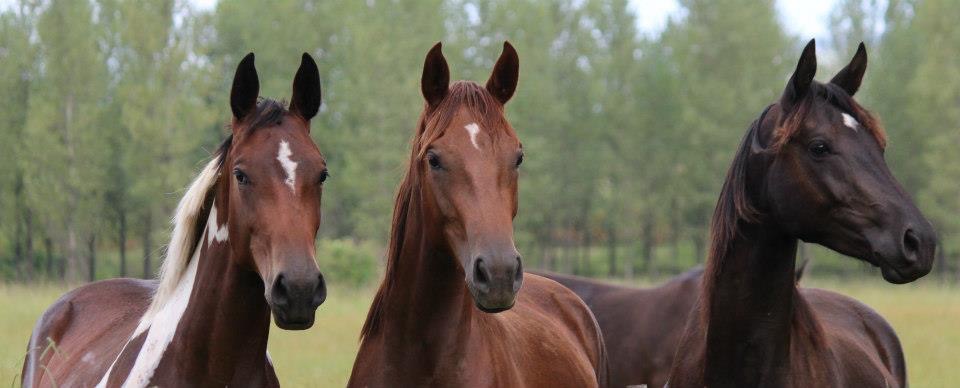
The Emotional World of Horses
Horses, like humans, experience a variety of emotions that can significantly influence their behavior and interactions. Understanding these emotions is key to building a strong, positive relationship with your horse.
Common Emotions Horses Experience
- Happiness: Horses express happiness through relaxed body language, such as a soft eye, loose muscles, and a gently swishing tail. They may nicker softly when they see you or approach you willingly.
- Fear: Fear is often displayed through wide eyes, flared nostrils, and tense muscles. A frightened horse might freeze, bolt, or exhibit flight responses. They may also snort or show the whites of their eyes.
- Jealousy: Jealousy can manifest when a horse sees their human giving attention to another horse. Signs include pinned ears, aggressive behaviors like biting or kicking at the other horse, and anxious pacing.
- Anxiety: An anxious horse might exhibit behaviors like weaving, cribbing, or excessive pawing. They may also be overly alert, with a high head carriage and pricked ears, constantly scanning their environment.
Scientific Basis for Equine Emotions
Research has shown that horses are capable of experiencing a wide range of emotions, similar to other animals. Studies have found that horses have complex social structures and can form strong bonds with both humans and other horses. According to equine behaviorists, horses’ emotional responses are linked to their survival instincts, social interactions, and individual personalities.
For instance, a study published in the Journal of Veterinary Behavior demonstrated that horses can recognize human emotions and respond accordingly. Another study in Applied Animal Behaviour Science highlighted how horses’ heart rates and cortisol levels change in response to stressful or comforting stimuli, indicating their emotional states.
Examples of How These Emotions Manifest in Horses
- Happiness: I had a gelding called Magoo who would always nicker and approach me with his ears forward whenever he saw me. He would lean into my touch during grooming, clearly enjoying the interaction. His relaxed, contented demeanor was a clear sign of his happiness.
- Fear: There was a young gelding, Zoom, who was terrified of the farrier. His eyes would widen, nostrils flare, and he’d start to tremble and back away as soon as the farrier approached. We worked on desensitizing him to the process, but his initial reactions were a textbook case of fear.
- Jealousy: As I shared earlier, my stallion Carrick exhibited jealousy when I rode another horse before him. His intense focus on me, followed by uncharacteristic impatience and aggression, highlighted his emotional turmoil.
- Anxiety: A thoroughbred named Stormy used to weave incessantly in his stall, especially when separated from his pasture mates. His constant movement and agitated state were clear signs of anxiety, which we addressed by providing more turnout time and social interaction.
Understanding these emotions helps in managing and training horses more effectively. Recognizing when your horse is happy, fearful, jealous, or anxious allows you to respond in ways that support their emotional well-being, leading to a more harmonious and trusting relationship.
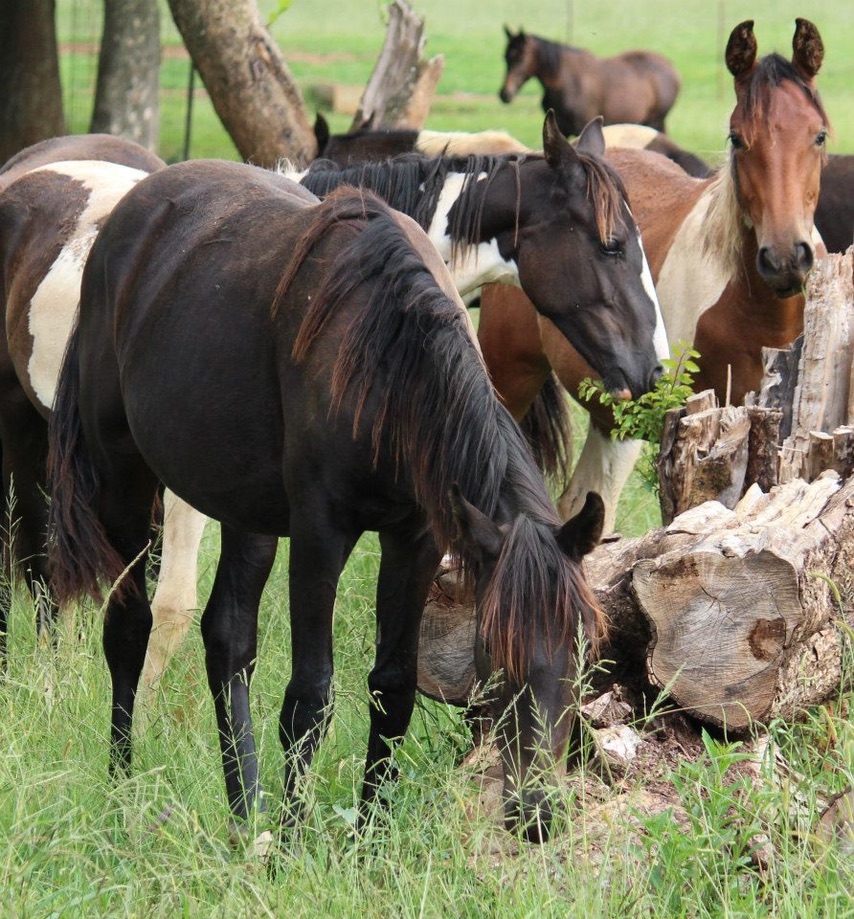
Recognizing Emotional Signals
Recognizing your horse’s emotional signals is crucial for understanding their needs and building a strong relationship. Horses communicate primarily through body language, and being attuned to these signals can help you respond appropriately to their emotions.
Body Language Cues Indicating Different Emotions
- Ear Positions:
- Forward Ears: Indicates interest or curiosity. Your horse is engaged and attentive.
- Pinned Ears: A sign of anger or aggression. This is often a warning that the horse is unhappy and may act out.
- Flicking Ears: Shows uncertainty or anxiety. The horse is trying to process multiple stimuli.
- Tail Movements:
- Relaxed Tail: Sign of a calm and content horse.
- Swishing Tail: If swishing rapidly, it can indicate irritation or frustration.
- Tucked Tail: Sign of fear or submission. The horse feels threatened.
- Eye Expressions:
- Soft Eyes: Indicates relaxation and trust. The horse feels safe and comfortable.
- Wide Eyes: Sign of fear or surprise. The horse is alert and possibly ready to flee.
- Whites of Eyes Visible: Indicates fear or high anxiety. The horse is stressed and may act unpredictably.
- Vocalizations:
- Nickering: A friendly greeting or sign of affection. Often used when a horse sees a familiar person or horse.
- Whinnying/Neighing: Used to call out to other horses or express excitement.
- Snorting: Can indicate curiosity or alertness. It’s a way for horses to clear their nasal passages and can also be a sign of relaxation after stress.
- Squealing: Usually a sign of aggression or displeasure, often during confrontations with other horses.
Case Studies or Stories Illustrating These Signals
Case Study 1: Understanding Fear Through Body Language One of my favorite horses was a mare named Rhapsody who was terrified of water. Whenever we approached a stream on our rides, her eyes would widen, and she’d start to snort. Her ears would flick back and forth, and her tail would tuck tightly against her hindquarters. Recognizing these signs of fear, I spent time gradually desensitizing her to water by first allowing her to explore shallow puddles. Over time, her body language relaxed, showing that her fear was subsiding. She was always wary of water but learnt to trust me enough to tackle a small puddle.
Case Study 2: Recognizing Anxiety in Social Settings A gelding named Showtime displayed significant anxiety when separated from his herd. His ears would flick constantly, his eyes darting around, and he’d weave back and forth in his stall. By observing these signals, we implemented a strategy to gradually increase his comfort with being alone, such as using a buddy system with another calm horse nearby and providing toys to keep him occupied. His anxiety lessened, and his body language showed increased relaxation over time.
Case Study 3: Spotting Jealousy and Aggression Carrick, my stallion, as mentioned earlier, showed intense jealousy when I spent time with other horses before him. His ears would pin back, and he’d aggressively bite at the stall bars or kick his door. One memorable instance was when I rode a new gelding first; Carrick watched me with narrowed eyes and an angry flick of his tail. His aggressive behavior when I finally approached him was a clear indication of his jealousy and displeasure.
Case Study 4: Recognizing Contentment and Happiness On the brighter side, a lovely big warmblood mare named Daisy was always a joy to work with. She greeted everyone with soft nickers and approached with her ears forward. During grooming, she’d close her eyes in contentment, her tail hanging loose and relaxed. Her overall body language showed a happy and trusting relationship with her handlers.
Recognizing these emotional signals and understanding what they mean is essential for any horse owner or handler. By tuning into your horse’s body language, you can address their needs more effectively and build a stronger, more empathetic connection with them.
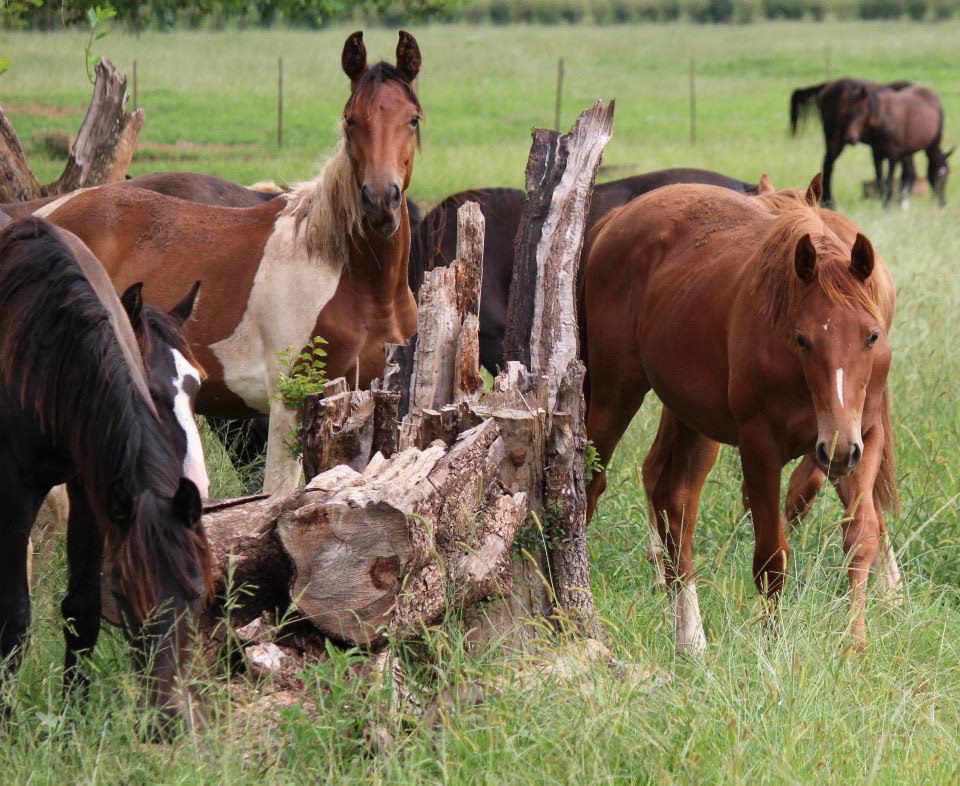
The Impact of Emotions on Behavior
Understanding how emotions influence your horse’s behavior can greatly enhance your ability to train and care for them. Both positive and negative emotions play significant roles in how horses interact with their environment and with you.
How Positive Emotions Influence Behavior
Contentment and Relaxation:
- Enhanced Performance: A content horse is more likely to perform well. When a horse feels safe and happy, they can focus better on their tasks, whether it’s a dressage routine, a jumping course, or a simple trail ride. Content horses are also less likely to experience stress-related issues, which can negatively impact performance.
- Better Cooperation: When a horse feels relaxed and happy, they are more willing to cooperate with their handler. This means they are more likely to follow cues accurately and respond positively to training. Happy horses are also less likely to show resistance or anxiety, making the training process smoother and more enjoyable for both horse and handler.
- Stronger Bonds with Handlers: Positive emotions foster trust and affection. A horse that feels happy and secure with their handler will form a stronger, more trusting bond. This bond is crucial for effective communication and cooperation. For example, a horse that associates grooming with positive experiences will be more cooperative during grooming sessions and other hands-on activities.
Excitement and Engagement:
- Increased Motivation: Horses that are excited and engaged in their activities are more motivated to perform well. This excitement can come from varied and stimulating environments, new challenges, and positive reinforcement during training. Engaged horses are keen learners and often excel in their training programs.
- Energetic and Positive Attitude: Excitement translates to a lively and energetic demeanor. Horses that are eager and enthusiastic about their work tend to approach tasks with a positive attitude, which can make training sessions more productive and enjoyable.
How Negative Emotions Affect Behavior
Fear and Anxiety:
- Aggression: Fear and anxiety can lead to aggressive behavior. A frightened horse may resort to biting, kicking, or charging as a defense mechanism. This aggression is a way for the horse to protect itself from perceived threats. For instance, a horse that is fearful of new environments might lash out if they feel cornered or pressured.
- Resistance to Training: An anxious or fearful horse is less likely to respond well to training. They may become resistant to commands, act out, or simply shut down and refuse to participate. This resistance can be frustrating for both the horse and the handler and can significantly hinder progress in training.
- Changes in Eating or Sleeping Habits: Negative emotions often disrupt a horse’s routine. A stressed or anxious horse might eat less, lose weight, or show changes in their sleep patterns. These disruptions can lead to further health issues and impact overall well-being. For example, a horse that is anxious about being separated from their herd may develop habits like pacing or cribbing, which can affect their physical health.
Jealousy and Frustration:
- Aggressive Outbursts: Just like with Carrick, jealousy can lead to aggressive behaviors. Horses may become more territorial and act out against other horses or even humans. Recognizing these signs early and addressing the underlying emotional issues is crucial to prevent injuries and maintain a safe environment.
- Training Challenges: Jealousy can make a horse difficult to train. They may become less responsive to commands and more focused on competing for attention. This can lead to frustration for both the horse and the trainer and slow down the progress in training sessions.
- Behavioral Issues: Jealousy and frustration can manifest in various behavioral issues, such as cribbing, weaving, or excessive vocalizations. These behaviors are often a horse’s way of expressing their discomfort and need for attention.
Understanding the impact of emotions on your horse’s behavior is essential for effective training and care. Positive emotions enhance performance, cooperation, and bonding, while negative emotions can lead to aggression, resistance, and health issues. By recognizing and addressing these emotional signals, you can create a more harmonious and productive relationship with your horse.
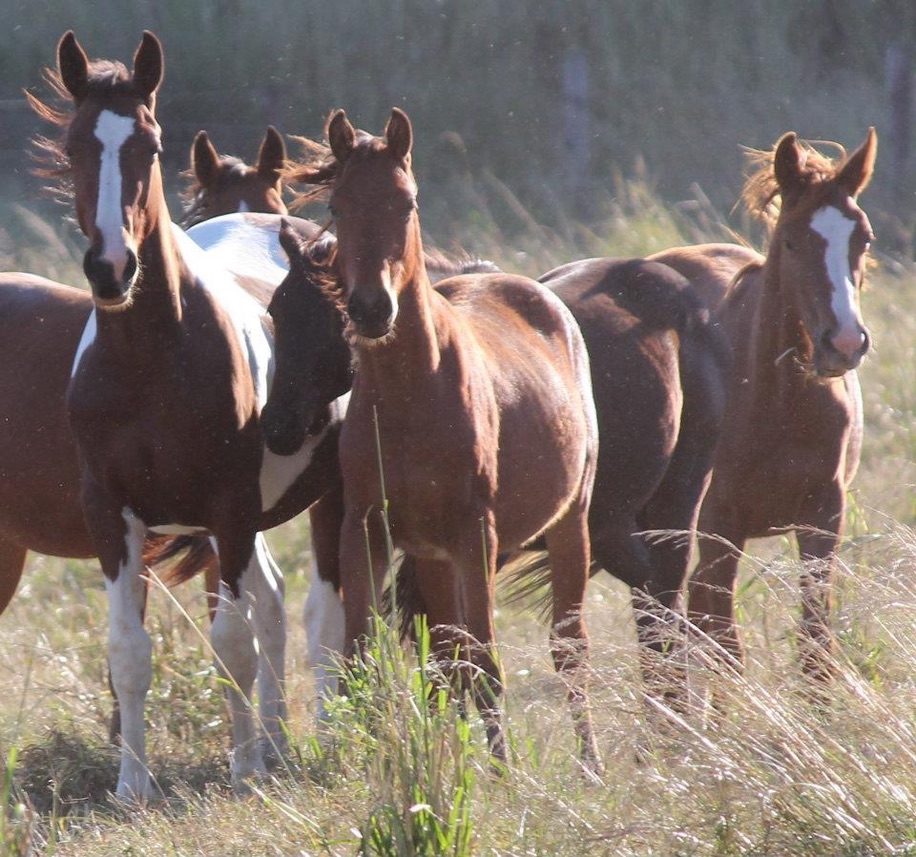
Managing and Responding to Equine Emotions
Effectively managing and responding to your horse’s emotions is key to ensuring their well-being and fostering a positive relationship. Here are some strategies for promoting positive emotions and addressing negative ones.
Strategies for Promoting Positive Emotions
Creating a Stable and Comfortable Environment:
- Physical Comfort: Ensure your horse’s living environment is clean, safe, and comfortable. Regularly clean stalls, provide soft bedding, and ensure good ventilation. A comfortable environment reduces stress and promotes relaxation.
- Social Interaction: Horses are social animals. Allow them to interact with other horses through shared paddocks or adjacent stalls. Social bonds are important for their emotional health.
- Enrichment: Provide toys and activities that stimulate your horse’s mind. Boredom can lead to negative behaviors, so keep your horse engaged with new challenges and toys.
Consistent Routines:
- Daily Schedule: Horses thrive on routine. Feed, exercise, and groom your horse at the same times each day. Consistency helps them feel secure and reduces anxiety.
- Training Consistency: Use consistent commands and cues during training. Predictable interactions build trust and make learning easier for your horse.
Positive Reinforcement Techniques:
- Rewards: Use treats, praise, and pats to reward good behavior. Positive reinforcement encourages your horse to repeat desired behaviors.
- Clicker Training: This method uses a clicker sound to mark the exact moment your horse performs a desired behavior, followed by a reward. It helps create clear communication and speeds up the learning process.
- Calm and Patience: Always remain calm and patient during interactions. Your horse will pick up on your mood, and a calm demeanor can help keep them relaxed.
Techniques for Addressing Negative Emotions
Identifying Triggers:
- Observation: Pay close attention to what situations or stimuli trigger negative emotions in your horse. It could be specific objects, environments, or even people.
- Record Keeping: Keep a journal of your horse’s behavior to identify patterns and potential triggers. This can help you anticipate and manage negative emotions more effectively.
Gradual Desensitization:
- Exposure Therapy: Gradually expose your horse to the things that scare or upset them in a controlled manner. Start with low-intensity exposure and slowly increase it as your horse becomes more comfortable.
- Step-by-Step Approach: Break down the desensitization process into small, manageable steps. Reward your horse for calm behavior at each step before progressing to the next level of exposure.
- Patience and Consistency: Desensitization takes time. Be patient and consistent, allowing your horse to progress at their own pace.
Professional Help and Training Aids:
- Equine Behaviorist: If your horse’s negative emotions are severe or difficult to manage, consider consulting an equine behaviorist. These professionals can provide tailored strategies and support.
- Veterinary Consultation: Sometimes, negative emotions can be linked to physical issues. A vet can rule out pain or health problems that might be affecting your horse’s behavior.
- Training Aids: Use appropriate training aids to help manage your horse’s behavior. These can include calming supplements, special tack, or training tools recommended by professionals.
Managing and responding to your horse’s emotions requires a combination of understanding, patience, and consistent effort. By creating a stable environment, maintaining routines, and using positive reinforcement, you can promote positive emotions. Addressing negative emotions involves identifying triggers, gradual desensitization, and seeking professional help when needed. These strategies will help you build a strong, trusting relationship with your horse, ensuring their emotional and physical well-being.
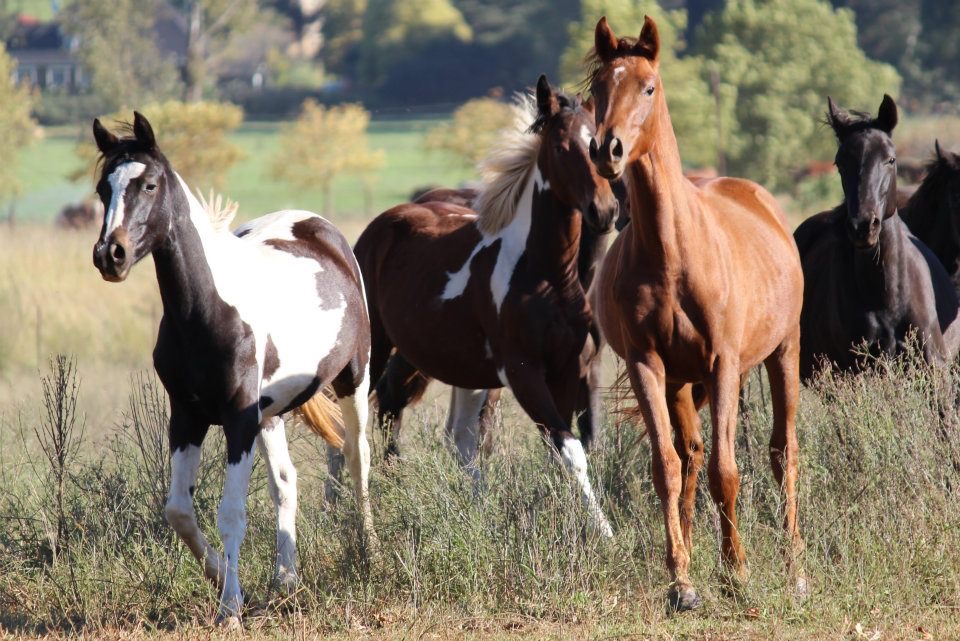
Building a Strong Emotional Bond
Building a strong emotional bond with your horse is essential for a harmonious and fulfilling relationship. Trust and respect are the cornerstones of this bond, and there are specific activities you can engage in to strengthen it.
The Importance of Trust and Respect in Horse-Human Relationships
Trust and respect are vital for effective communication and cooperation between you and your horse. When your horse trusts you, they feel secure and are more willing to follow your lead. Respect is mutual; it involves understanding your horse’s boundaries and needs while establishing yourself as a reliable and consistent leader.
A horse that trusts and respects you will be more relaxed, cooperative, and willing to engage in training and other activities. This bond also enhances safety, as a trusting horse is less likely to react unpredictably out of fear or anxiety. Building this relationship takes time, patience, and a genuine understanding of your horse’s emotions and behaviors.
Activities That Strengthen Emotional Bonds
Groundwork Exercises:
- Leading and Following: Practice leading your horse through various obstacles and environments. This helps establish you as a leader while teaching your horse to trust and follow your guidance.
- Join-Up: This exercise involves encouraging your horse to move away from you and then inviting them to come back and “join up” with you. It builds trust and communication, showing your horse that you can be a reliable partner.
- Liberty Work: Working with your horse without any restraints, such as a halter or lead rope, strengthens the bond by relying solely on body language and mutual respect.
Grooming Sessions:
- Regular Grooming: Spend time grooming your horse regularly. This not only keeps them clean but also provides an opportunity for physical touch and bonding. Horses often enjoy the sensation and associate it with positive interactions.
- Massage and Touch: Incorporate gentle massages and touches during grooming sessions. This can help relax your horse and deepen the bond through physical connection.
- Observing Reactions: Pay attention to how your horse responds to different grooming tools and techniques. Adjust your approach based on their preferences to ensure they enjoy the experience.
Quality Time Spent with the Horse:
- Hand Grazing: Spend time hand-grazing your horse. This allows for a relaxed, natural interaction where your horse can enjoy your company in a low-stress environment.
- Playing Games: Engage in playful activities like fetching toys or exploring new environments together. This can stimulate your horse mentally and physically while building trust and enjoyment.
- Quiet Companionship: Sometimes, just being near your horse without any demands or expectations can strengthen your bond. Sit with them in their paddock or stall, allowing them to approach and interact on their terms.
Communication and Consistency:
- Clear Signals: Always use clear and consistent signals when communicating with your horse. This helps them understand what you’re asking and builds trust in your guidance.
- Patience and Positivity: Approach all interactions with patience and a positive attitude. Horses are sensitive to your emotions, and maintaining a calm, encouraging demeanor fosters a trusting relationship.
Building a strong emotional bond with your horse requires dedication, understanding, and consistent effort. By focusing on trust and respect, engaging in groundwork exercises, enjoying grooming sessions, and spending quality time together, you can deepen your connection with your horse. This bond will enhance your overall relationship, making training and everyday interactions more rewarding for both you and your horse.
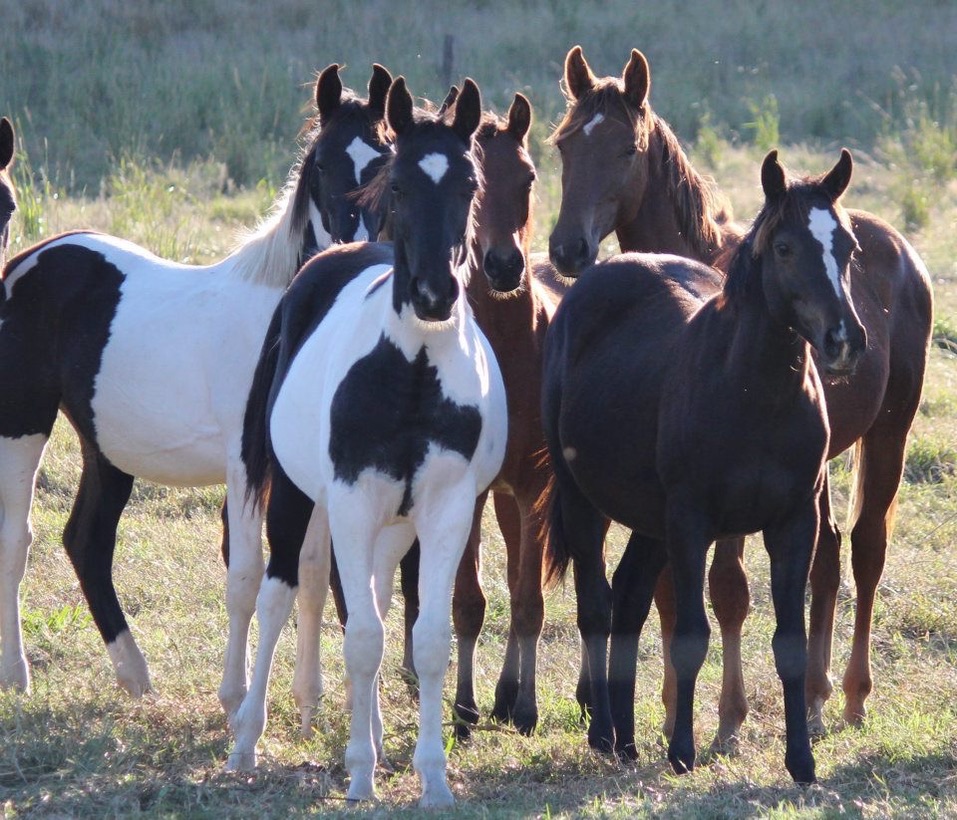
Conclusion
Understanding and respecting equine emotions is crucial for anyone who wants to build a positive and productive relationship with their horse. Horses, like us, experience a wide range of emotions that significantly influence their behavior. Recognizing these emotions and responding appropriately can lead to enhanced performance, better cooperation, and stronger bonds.
In this article, we’ve explored the emotional world of horses, discussed how to recognize emotional signals through body language, and examined how emotions impact behavior. We’ve also outlined strategies for managing and responding to these emotions, emphasizing the importance of creating a stable and comfortable environment, maintaining consistent routines, and using positive reinforcement. Additionally, we’ve highlighted activities that can strengthen the emotional bond between you and your horse, such as groundwork exercises, grooming sessions, and spending quality time together.
The value of understanding and respecting equine emotions cannot be overstated. When you take the time to observe and connect with your horse on an emotional level, you can create a more harmonious and fulfilling relationship. This connection not only improves training outcomes but also enhances the overall well-being of your horse.
I encourage you to start paying closer attention to your horse’s emotions. Notice their body language, observe how they react in different situations, and strive to understand what they might be feeling. By doing so, you can respond in ways that support their emotional health and build a stronger bond.
For more insights and tips on horse care and behavior, check out these related articles:
- Understanding Equine Body Language
- Managing Stallion Behavior
- Building Trust with Your Horse
- Recognizing and Addressing Horse Jealousy
- The Importance of Routine in Horse Care
Thank you for reading, and I hope these insights help you create a deeper connection with your horse.
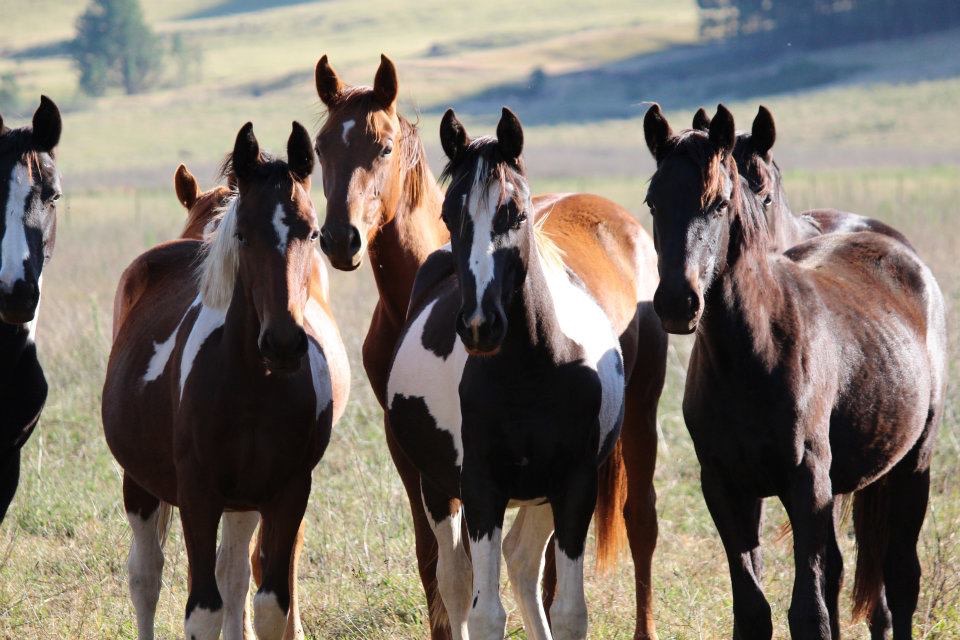
Additional Resources
To further your understanding of equine emotions and behavior, here are some recommended books, articles, studies, and professional organizations that can provide valuable insights and guidance.
Recommended Books
- “The Horse Behavior Problem Solver” by Jessica Jahiel:
- A practical guide to understanding and solving common horse behavior issues, with a focus on building trust and effective communication.
- “Understanding Equine Behavior” by Sue McDonnell:
- An in-depth look at the natural behaviors of horses, explaining how their instincts and emotions influence their actions.
- “The Nature of Horses” by Stephen Budiansky:
- A comprehensive exploration of horse behavior from a scientific perspective, covering their emotions, social structures, and interaction with humans.
Recommended Articles and Studies
- “Equine Emotions and Human Interactions” – Journal of Equine Science:
- This article examines how horses perceive and respond to human emotions, highlighting the importance of emotional connection in horse-human relationships.
- “The Effects of Social Relationships on Equine Behavior” – Applied Animal Behaviour Science:
- A study that delves into how horses’ social bonds affect their behavior and emotional well-being, providing insights into managing group dynamics in stables.
- “Managing Horse Jealousy: Practical Tips and Techniques” – Horse & Rider Magazine:
- An article offering practical advice on recognizing and addressing jealousy in horses, including real-life examples and expert tips.
Professional Organizations and Experts
- American Association of Equine Practitioners (AAEP):
- Website: www.aaep.org
- The AAEP provides a wealth of resources on equine health and behavior, including guidelines, research, and access to a network of equine professionals.
- The British Horse Society (BHS):
- Website: www.bhs.org.uk
- The BHS offers educational resources, certifications, and support for horse owners and professionals, with a focus on welfare, training, and safety.
- Equine Behavioral Health Resource Center (EBHRC):
- Website: www.ebhrc.com
- EBHRC specializes in equine behavior and provides information, consulting services, and training programs to help owners understand and manage their horses’ emotions.
By exploring these resources, you can gain deeper insights into the emotional lives of horses and find effective strategies for managing and responding to their behaviors. Whether you are a seasoned horse owner or new to the equine world, these materials will help you build a more empathetic and informed relationship with your horse.
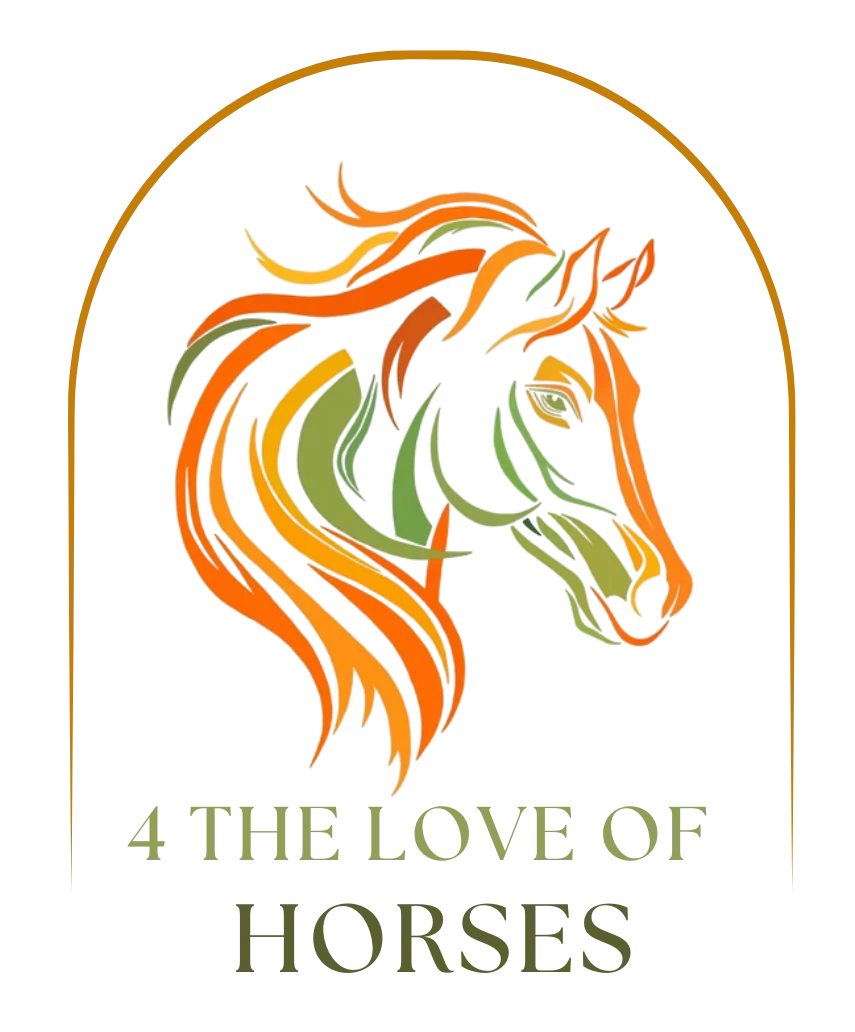
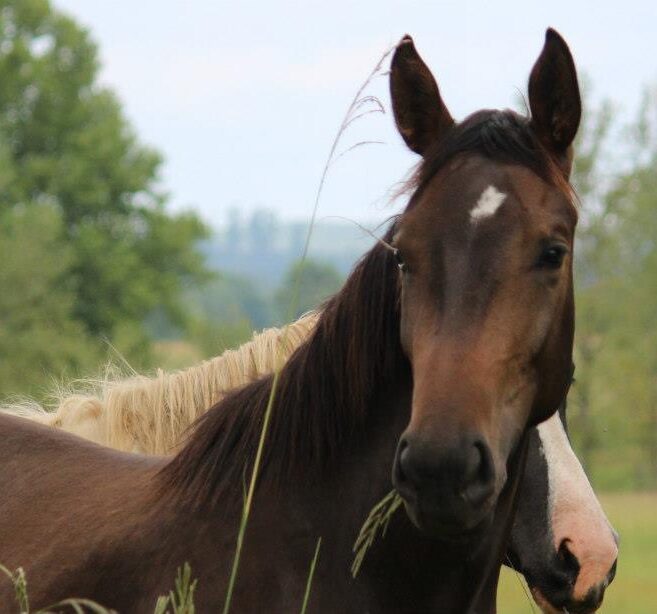
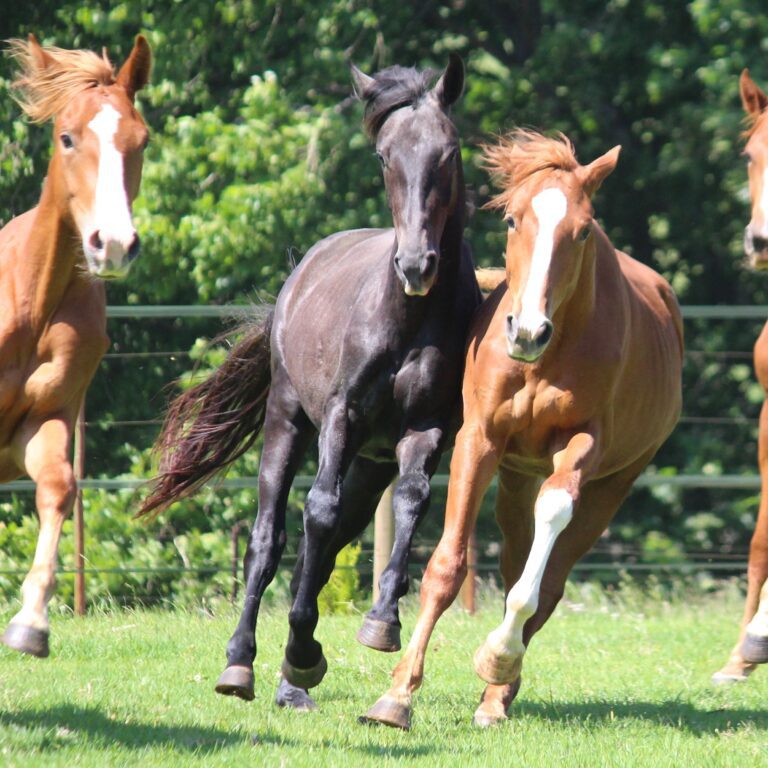
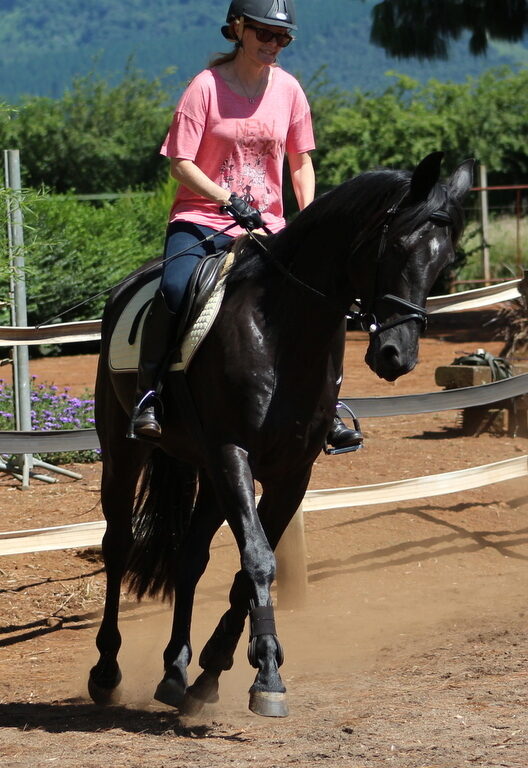
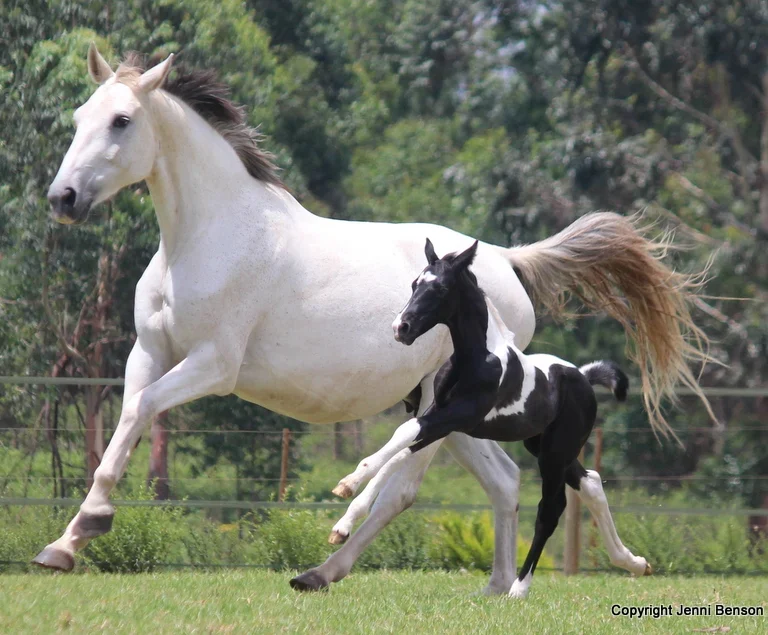
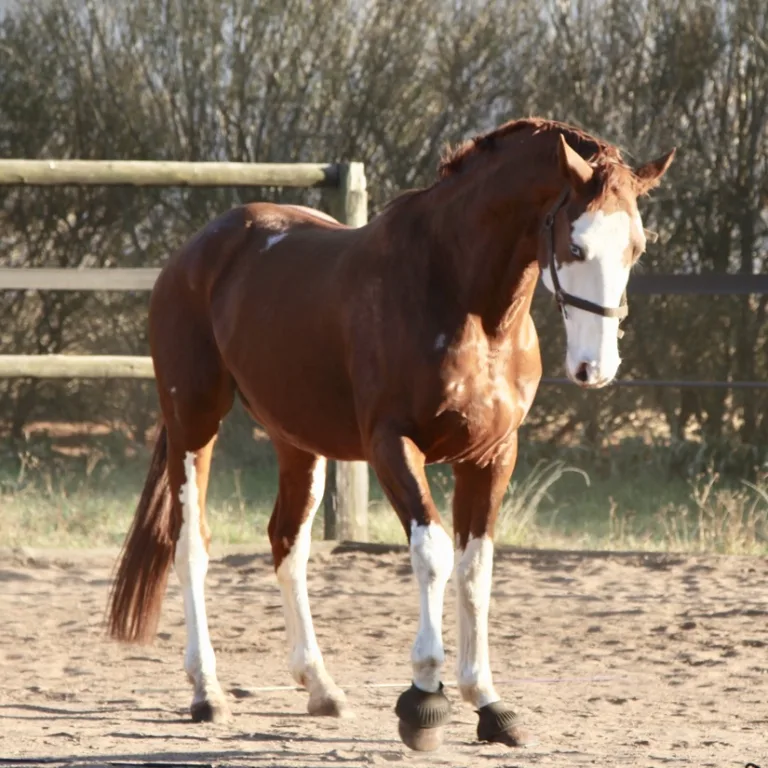
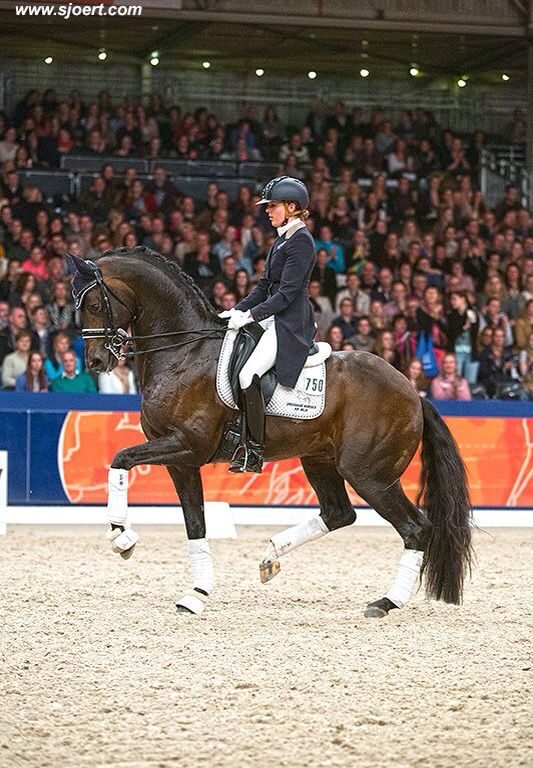
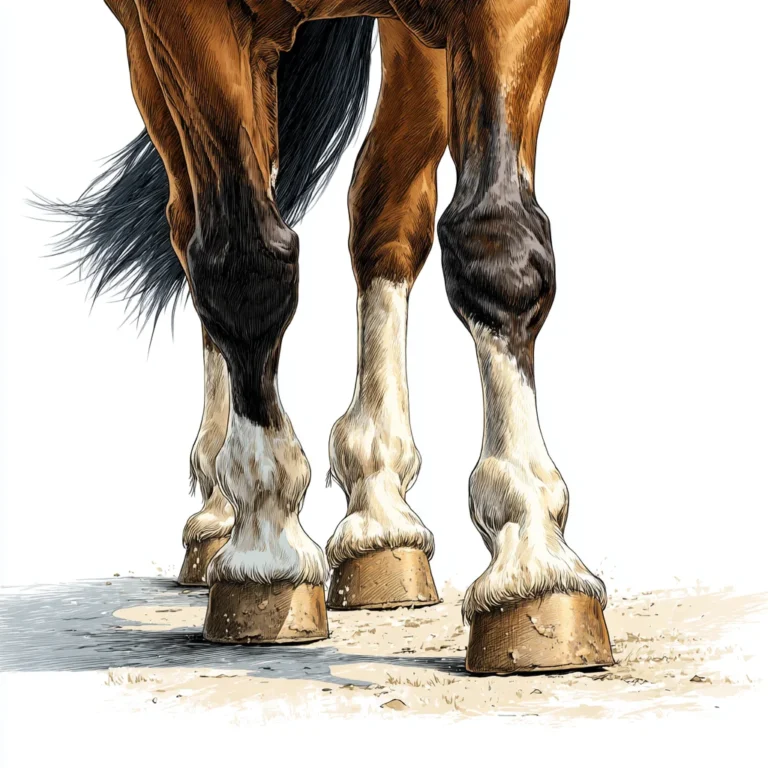
Leave a Reply